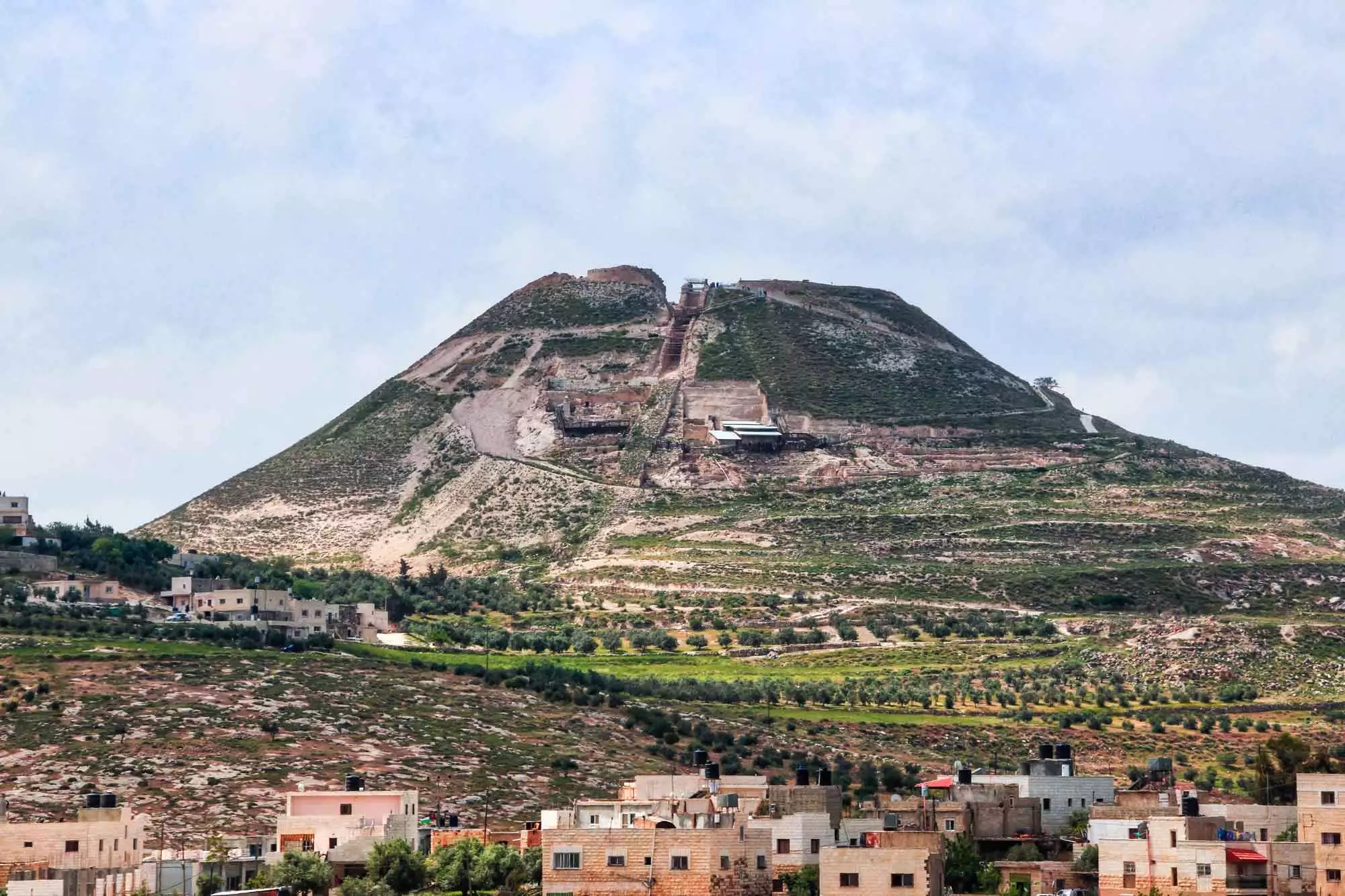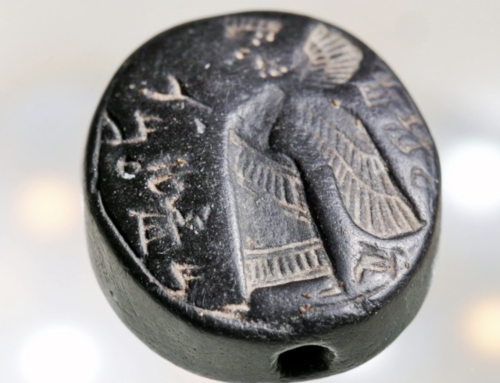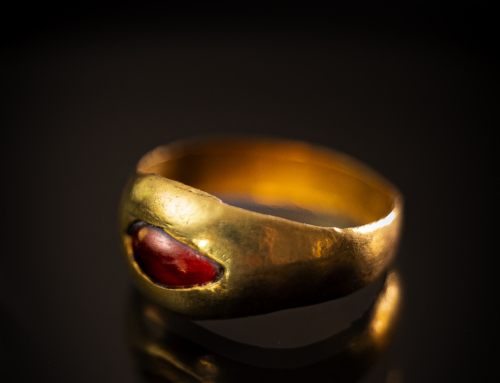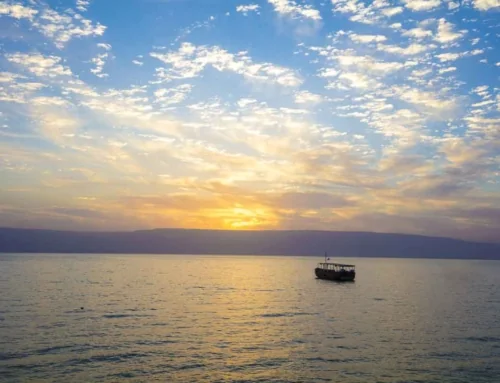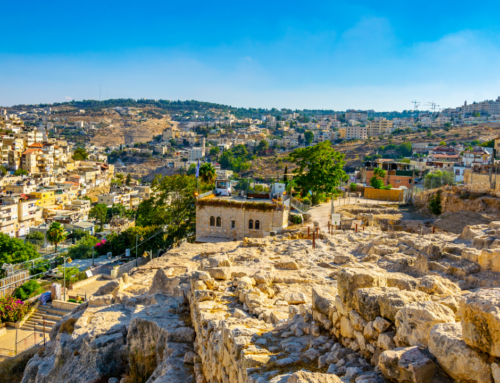Herodium is one of the places built by the infamous Herod the Great and is also thought to be the place of his burial. He wasn’t called “Herod the Great” because he was so beloved, but because he was a great builder. His credits include the renovated and expanded Temple, the mountain top fortress of Masada, the port at Caesarea Maritima and the Cave of the Patriarch’s enclosure.
One of his biggest triumphs was the building of Herodium. It was a small fortress city built between 23 BC and 15 BC. Of all his projects, this was the only named for him. It is located just seven miles south of Jerusalem. It looks like a cone-shaped hill.
Herodium’s Beginnings
While fleeing from Syria to Masada, Herod was attacked by non-supporting Jews loyal to Antigonous. They were defeated, and Herod decided to build there as a testament to his victory. The buildings were second to none in beauty.
Destruction
The city stood proudly until the Roman’s destroyed it during the Great Revolt, the same time the Temple was destroyed. The Bar Kokhba Revolt then inhabited the ruins and rebuilt portions as a headquarters, but it was once again destroyed with the revolt.
Discoveries and Visiting Herodium
The site was not excavated at all until 1962 and has since been excavated off and on. During the excavation they found an upper citadel, palace, bathhouse, synagogue, theater, and tomb.
The palace was a crowning jewel and home to Herod. There were substantial living quarters and guest rooms for him to entertain. It had a grand courtyard, a bathhouse, and banquet rooms. It was seven stories tall! Even today most palaces would not be seven stories tall.
The bathhouse built by Herod was extravagant and so well built that though it has stood for over 2000 years, through many intense earthquakes and abandonment, the roof still is in good repair and structurally sound! The bathhouse was split into different sections or rooms that allowed for a different experience, including the room with a raised floor to create heat and another room that allowed for users to lay on the floor and cool down by being dug into the ground more. The walls were all decorated with geometric and fruit motifs.
Gardens were throughout the area, along with a beautiful courtyard. There were niches throughout where statures were placed.
Herodium During the Revolts
After Herod’s death the city declined and ended with the Roman’s destruction during the first revolt. During the Bar Kokhba revolt, they again re-inhabited the area and repurposed it as a headquarters. During this time they expanded upon Herod’s building programs, creating a synagogue for worship, along with mikvas used for ritual cleaning. They also dug further defensive tunnels. Researchers have discovered many examples that this history is correct, including arrowheads and ash from the time.
Herod’s Tomb
It has long been held that Herod was buried somewhere around this compound. Historical documents from only 100 years after his death noted that he died in Jericho and was then taken to Herodium for burial in a grand tomb. Through the decades of digging on and around Herodium, the tomb had never been found. Then in 2007, a dig half way up the hill discovered pink limestone. They found a cacophonous so ornate, it could only be fit for a king. The tomb had been found.
The tomb was heavily destructed, though at one point likely had an 80 ft high monument. Not only did the Romans destroy the area, but even if it was left, the Jewish revolters would have likely destroyed it as they Herod was considered an imposter king, not really Jewish and placed by the Romans. No bones were discovered, and likely never will be.
Herodium Today
Today Herodium is under the protection and preservation of the Israeli parks ministry. You can add this fantastic place to your itinerary on your next tour with Immanuel Tours. The existence of Herod and his grand plans are just further proof of the story of Christ and God’s overreaching story for Israel and the world!

